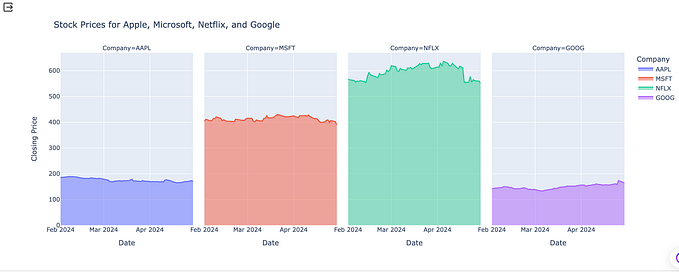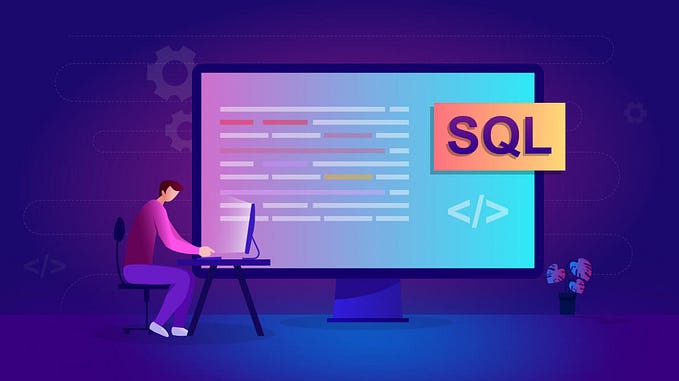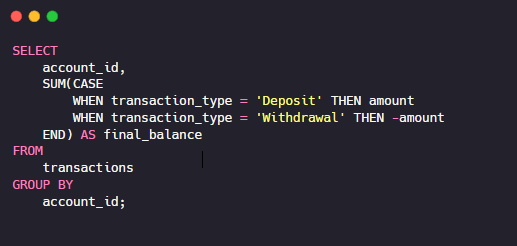Unleashing the Power of User-Defined Functions in SQL: A Comprehensive Guide

Introduction
There’s a hidden gem in the SQL world that many developers are often unaware of, user defined functions. These functions allow users to create their own custom features for specific requirements, which enable them to extend the capabilities of SQL. We’ll be exploring the complexities of UDFs, from their syntax and development to advanced applications and prospects during this in-depth exploration.
Syntax and creation
The syntax and creation process are at the heart of UDFs. Users can define UDFs using a standard syntax across various relational database management systems, such as MySQL, PostgreSQL, and SQL Server. As an example, we could use PostgreSQL. To determine the square of a number as follows, you may define an easy UDF:
CREATE FUNCTION square(x INT) RETURNS INT AS $$
BEGIN
RETURN x * x;
END;
$$ LANGUAGE PLPGSQL;This example demonstrates the basic structure of a UDF, comprising input parameters, a return type, and the function body encapsulated within a language-specific block.
Benefits and use cases
The benefits of UDFs are far greater than their syntactic beauty. These functions make it easier to reuse code, improve readability, and simplify complex operations. In this case, you need to perform a custom aggregation which does not support built-in SQL functions. You can reuse the logic in multiple queries, thus promoting code modularity and facilitating maintenance, by integrating it into a Universal Data Format.
Performance considerations
UDFs offer unparalleled flexibility, but they may also introduce performance costs when used in a responsible manner. Consideration must be given to factors like execution time, resource consumption and potential bottlenecks for developers. Consider using strategies that are specifically designed for RDBMS of your choice to optimize performance, such as reducing UDF invocations, optimizing function logic and exploiting database optimization methods.
Security and permissions
When working with UDFs, security is of the utmost importance in the field of multiuser databases. To prevent unauthorized access or misuse of UDFs, database administrators are required to carefully manage permissions and controls. In addition, to reduce the risk of SQL injection vulnerabilities, best practices such as input validation and parameterized queries should be implemented by developers.
Integration with other instruments
The seamless integration of UDFs into a wide range of tools and technologies is one of the most compelling features. UDFs are the core of data processing pipelines and analytical workflows, whether you’re connecting to Business Intelligence platforms, reporting tools or Data Visualization frameworks. In combination with these tools, developers can unlock new insights and drive data driven decision making by using the power of User Data Frameworks.
Advanced techniques
In addition to their basic capabilities, UDFs support many advanced techniques that enable developers to tackle even the most complex problems. To increase your SQL skills to a new level, explore features like nested functions, function overloading, error handling and troubleshooting techniques. The developers can unleash the full potential of UDFs and push the limits of what is possible in SQL development by mastering these advanced techniques.
Future trends
The capabilities of UDFs will also evolve with the evolution of the data management and Analytics landscape. Watch out for emerging trends, such as support for user defined types, improvements in language features, and integration of cutting-edge technologies such as machine learning models. Developers can keep up with these developments and will be able to future-proof their SQL solutions as they take on a journey of continuous innovation growth.
Conclusion
User-Defined Capacities speak to a worldview move in SQL advancement, advertising unparalleled adaptability, versatility, and flexibility. By acing the craftsmanship of UDFs, designers can streamline their codebase, upgrade execution, and open modern conceivable outcomes in information administration and analytics. Whether you are a amateur SQL devotee or a prepared database proficient, grasping UDFs will without a doubt move your SQL abilities to unused statures and clear the way for transformative bits of knowledge and revelations.







